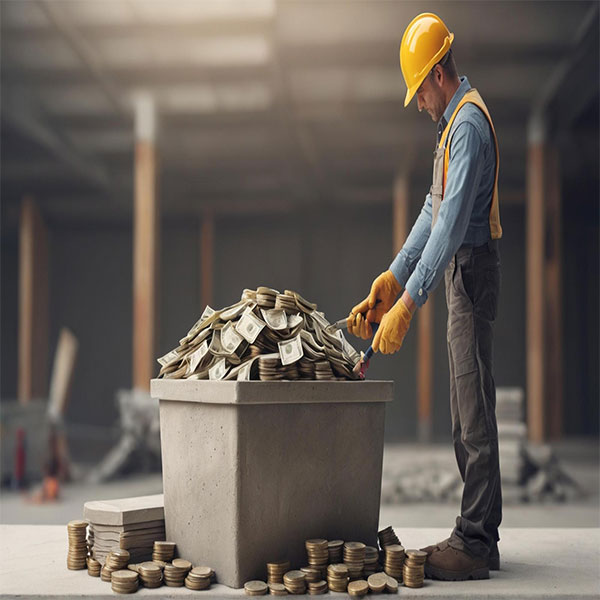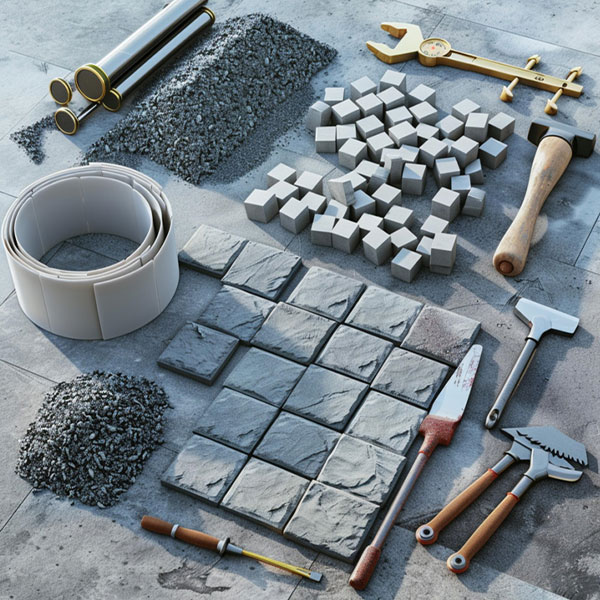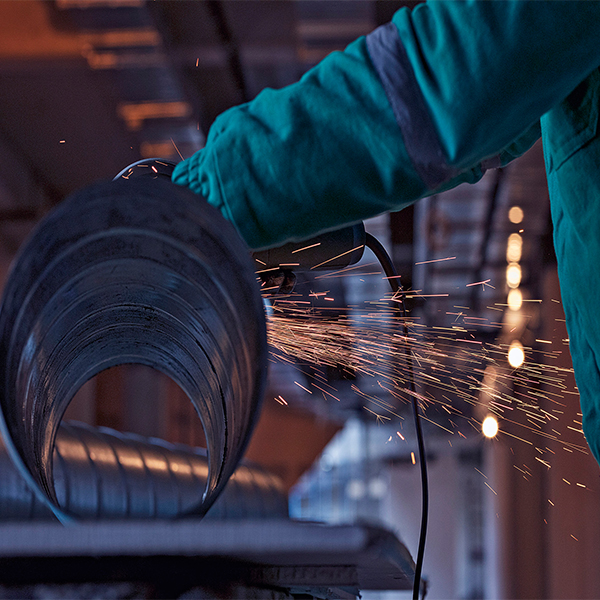Cemented carbide, commonly known as tungsten carbide, is a composite material that plays a vital role in various industries. Its outstanding hardness, wear resistance, and strength make it a top choice for cutting tools, mining equipment, and other high-performance applications. In this article, we will look at the cemented carbide industry, its growth, and its significance in today’s manufacturing landscape. Nanjing Xing Yi Chen is an important supplier of these essential products.
Market Overview
The cemented carbide market has been steadily growing in recent years. According to research, the global market size for cemented carbide is projected to increase from $17.70 billion in 2023 to $31.30 billion by 2032, with an annual growth rate of 6.5%. Several factors contribute to this growth, including:
- Rising Demand for Cutting Tools: Industries such as automotive, aerospace, and machining are increasingly relying on high-quality cutting tools.
- Growing Mining and Construction Activities: The global rise in mining and construction projects is boosting the need for cemented carbide tools.
- Advancements in Manufacturing Technologies: Innovations in manufacturing processes are enhancing the performance of cemented carbide products.
Key Applications
Cemented carbide is used in a wide range of applications, including:
- Cutting Tools: Cemented carbide is widely used to make cutting tools for turning, milling, and drilling in the metal machining industry.
- Mining and Construction: It is essential for producing mining tools like rock drilling bits and various construction equipment.
- Dies and Punches: Cemented carbide is used to create dies and punches for different metalworking and forming processes.
- Abrasive Products: It is also utilized in making abrasive products, such as grinding wheels and cutting discs.
Manufacturing Process
The production of cemented carbide involves several key steps:
- Powder Preparation: Tungsten carbide powder is mixed with a metallic binder, usually cobalt or nickel, to form a uniform mixture.
- Compaction: This powder mixture is compacted into the desired shape using molds and presses.
- Sintering: The compacted parts are heated to high temperatures (around 1400°C) in a controlled environment to fuse the tungsten carbide grains with the metallic binder.
- Finishing: The sintered parts undergo finishing processes like grinding and polishing to achieve the required dimensions and surface quality.
Future Outlook
The cemented carbide industry is expected to continue growing in the coming years. Factors such as increasing industrialization, advancements in manufacturing technologies, and a rising demand for high-performance cutting tools and wear parts will drive this growth. However, companies in the industry must stay aware of changing customer preferences, regulatory updates, and technological advancements to remain competitive. Environmental sustainability is also becoming a priority, with a focus on developing eco-friendly cemented carbide alternatives.
The cemented carbide industry is crucial for modern manufacturing, providing essential materials for cutting tools, mining equipment, and other high-performance applications. With steady growth and a promising future, the industry is set to maintain its vital role in the global economy. Nanjing Xing Yi Chen stands out as an important supplier of these critical products, contributing to the industry’s ongoing success.












